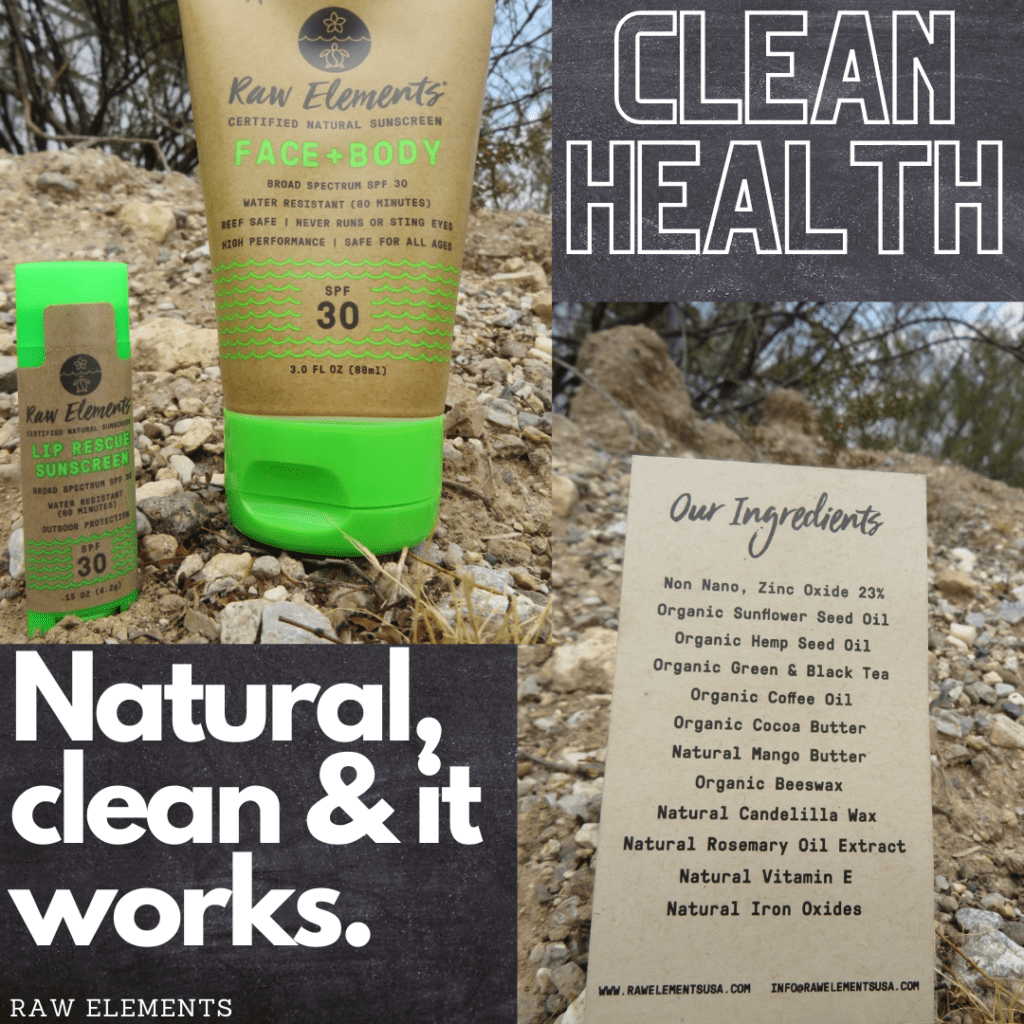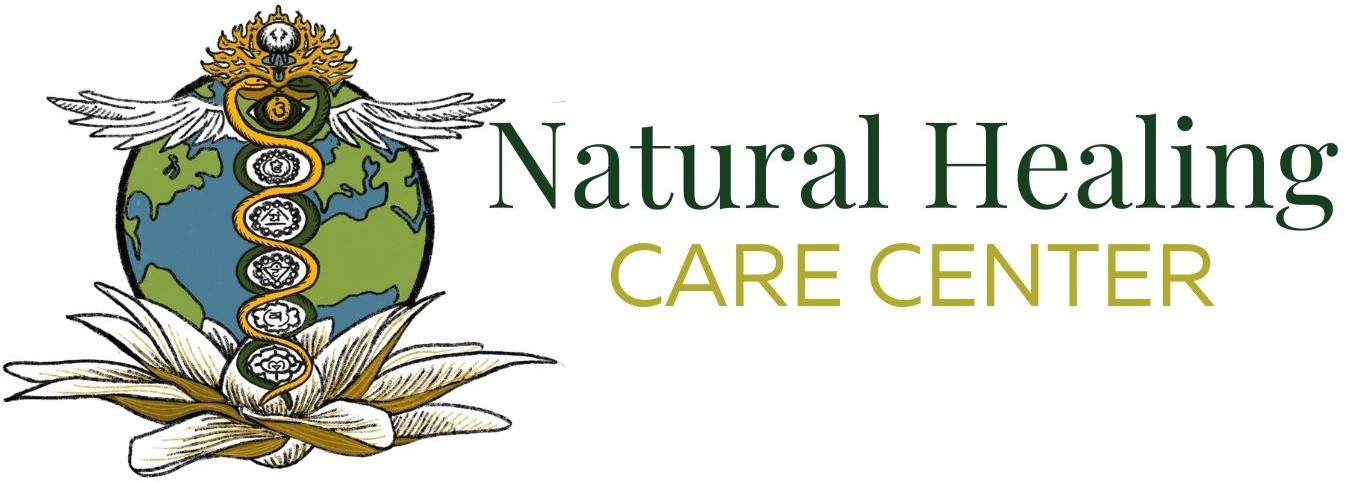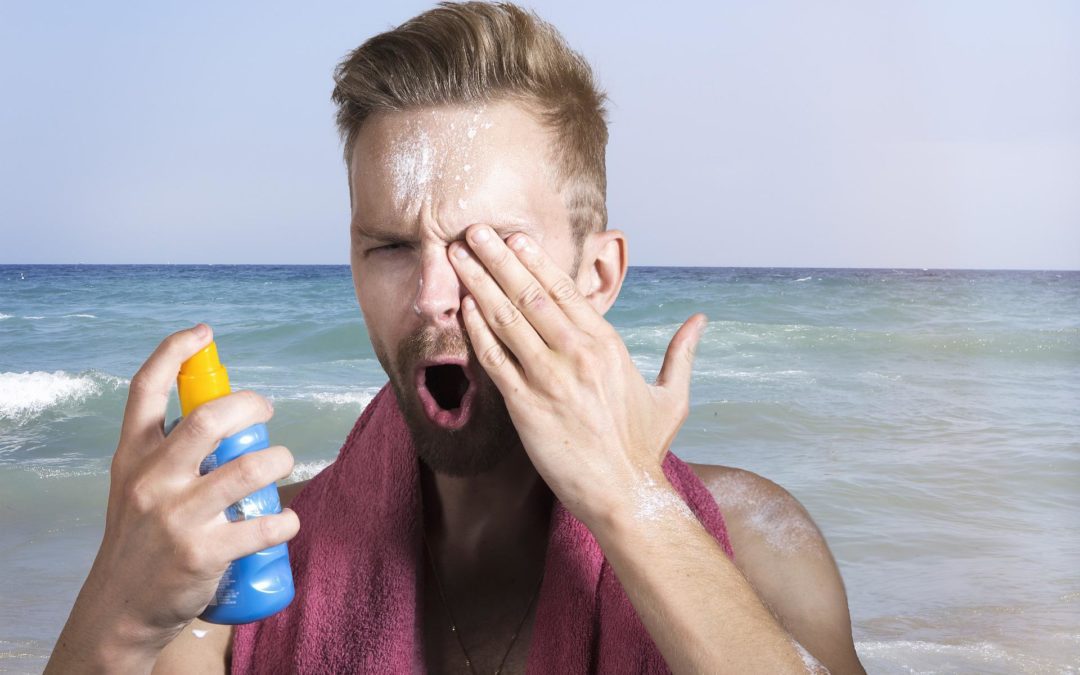What if your fancy sunscreen is much more dangerous than a sunburn?
Every summer begins with warnings about the harmfulness of the Sun. How are we going to protect ourselves from that “sinister” radiation?
Is the answer lying in personal care sunscreen?
And every day, we are bombarded with warnings from experts who scare us with skin tumors!?
However, many ancient people viewed the Sun as a deity, so it is worth examining why this is so? Did they know something that we don’t know, or do advertisements just blind us?!
What does science say?
Our Sun has been the same for the last five billion years. It radiates in the same way every day, only the angle at which the rays fall on the surface of the earth changes (this is how the seasons change).
The Sun’s rays that reach our planet the most are UV rays, which belong to ionizing radiation, like x, and gamma rays which can ionize atoms and break molecular bonds.
It sounds scary and dangerous.
But let’s see how much we really need to be afraid of this radiation?
You’ve heard of melanin?!
Melanin is a pigment found in skin cells. It is located in small vesicles with only one function – protecting the cell nucleus from damage.
When UVA rays reach skin cells, melanin vesicles organize themselves like an umbrella over the nucleus, absorbing UV radiation and thus protecting valuable genetic material (DNA) from possible damage.
So, our body has a very sophisticated defense against UV radiation, and we see it as a tan.
But, mass media tells us a different story—the one about personal care sunscreen.
If something is called “Protective Sunscreen,” it would be logical that the cream protects us
Personal care sunscreens have become a set of various chemicals to protect us from “dangerous” UV radiation. But, we have determined that UV radiation is not anti-life as described lately. Nevertheless, pharmaceutical and cosmetic companies tell us a different story, all under the shadow of safety.
But wherever their story goes, it is clear that if you want to stay healthy, it is necessary to be moderately exposed to the Sun whenever you can, throughout the year!
What ingredients can you find in personal care sunscreens?
Lately, provitamin and vitamin A – are trendy supplements. They are advertised as vitamins that prevent skin aging.
Yes, vitamin A affects the skin’s beauty if you take it in through food – eggs, offal, fish, dairy products (butter), leafy vegetables, and orange fruits (a source of carotenoids).
But, the usual composition of sunscreen is at least frightening: aminobenzoic acid, avobenzone, ainoxate, homosalate, oxybenzone, phenyl benzimidazole, dioxidenzone, octyl methoxycinnamate, phenoxyethanol, etc.
This list of chemicals is of no particular importance to ordinary people because only chemists can explain to us in more detail what kind of substances we are talking about.
Another thing to think about is sweating. Nobody likes it, but it’s necessary.
However, most personal care sunscreens prevent sweating – that natural defense mechanism necessary for the body to cool down properly.
In that way, health is directly endangered due to the increased possibility of overheating. Still, sweating also prevents the excretion of toxins through the skin (which is a normal detoxification process).
In this way, the amount of toxins doubles. In addition, we are burdening the liver, which needs to process all that waste (in order not to get in trouble from autointoxication)!
However, you should be aware that the liver has a limited capacity for processing toxins, so everything that cannot be degraded is sent as waste to adipose tissue.
It stays within.
Devastating insights about personal care sunscreens
There is growing concern about the harmfulness of sunscreen.
More and more people are using industrially produced creams and lotions to protect themselves from skin cancer, but the rate of this disease is growing worldwide.
Four studies conducted in the 1990s showed that most people who use industrial sunscreen have the highest risk of malignant melanoma.
In recent years, 5 more new studies have pointed to the dangers of sunscreens and lotions.
The Environmental Working Group (EWG) published a study that found that 75 percent of the 2,000 creams and lotions tested contained harmful chemicals, which increase the risk of cancer and other diseases.
The report says that “many ingredients in sunscreen enter the bloodstream, and some of them have toxic effects. Some release free radicals under sunlight that damage the skin, others act like estrogen and disrupt hormones, and several can cause allergic reactions and irritation skin. “
A recent study published in The Journal of Environmental Science Technology found that common sunscreen ingredients – oxybenzone, methoxycinnamate, and PABA – are estrogenic chemicals associated with cancer.
If you think that I exaggerate…
In an evaluation of CDC-collected exposure data for American children, researchers found that adolescent boys with higher oxybenzone measurements had significantly lower total testosterone levels.” (Scinicariello 2016).
Several countries ban the sale of sunscreens that contain this ingredient because it may be harmful to aquatic life.
Due to the fear of certain chemicals, there was an increase in the number of mineral creams on the market. In Hawaii, a law was passed in 2018. that banned the sale of certain creams due to suspicions that they are harmful to coral reefs.
Do you think that is a coincidence?
Besides, try to imagine when thousands of people enter the water smeared. Then, those creams decompose in the water, and you also absorb the chemistry through the skin again.
Something is not right with the sunscreen story
We have been hearing for too long how UV radiation causes melanoma, one of the most cancerous tumors in humans.
So far, no study unequivocally shows the connection between UV radiation and skin melanoma! The highest incidence and mortality of melanoma in Europe is in Switzerland and the lowest in Greece!
In Greece?
A coastal country where people are more or less tanned and exposed to the Sun every day throughout the year!
It’s not logical, is it?
Did you know that melanomas can be found relatively often in those places that are never exposed to the Sun – in the folds (behind the knees, under the armpits, behind the ears, etc.)?
So, if the Sun causes the most malignant skin cancer, how can they be in places rarely exposed to the Sun?
Check the label of your personal care sunscreen
Research on nanoparticles will take time, and we will find accurate results in a few years. Until then, we recommend that you avoid cosmetics with nanoparticles.
Unfortunately, over 30% of all sunscreen lotions contain nano-ingredients. Therefore, since 2013, the countries of the European Union have had to state the content of their Sun-protecting products.
Labels can also indicate other harmful ingredients in sunscreens, so be sure to study them.
Avoid sunscreens that contain:
cinoxat
dioxybenzone
homosalate
mentil anthranilate
methoxycinnamate
oxybenzone
octyl salicylate
octocrylene
para amino benzoic acid
parabens
penilbenzimidazol
While the effects of many ingredients are detrimental, it doesn’t mean you shouldn’t use sunscreen at all.
Protect your skin with natural sunscreens if you plan to spend time outside in the strongest Sun.
What can help us to turn things around?
It is a washed old story, but somehow we forget a lesson that brings.
Natural products are always there to assist us. Please take a look at these ‘bad boys’ and their SPF.
Raspberry seed oil (SPF 28-50)
Hazelnut oil (SPF 10-30),
Carrot seed oil (SPF 38-40),
Wheat germ oil (SPF about 20),
Macadamia oil (6),
Coconut oil (2-8),
Shea butter (3-6),
Avocado oil (4-16), etc.
With a mixture of these natural ingredients, you can make your protective oil for the skin.
So what are the benefits of natural oils?
They have no chemicals; they are not toxic, and they do not cause the creation of toxins and carcinogens. In the end, they nourish and protect the skin in the best possible way.
Their mineral ingredients protect facial skin from too much Sun. In addition, the vegetable oils contained in the natural sunscreens also possess biological protective factors, nourishing and protecting the skin by compensating for the loss of moisture.
Natural sunscreens are doing that by stimulating the synergetic action of natural ingredients.
Natural personal care sunscreen reliably protects the skin from UVA and UVB-type UV rays. As a result, it minimizes the risk of sunburn, dehydration, or premature aging. In addition, it softens the skin, giving it a light and velvety feeling without any traces of oiliness.
Your very own natural sunscreen (recipe)
70% olive oil,
10% raspberry seed oil
10% carrot seed oil
10% zinc oxide (which you can find in the form of a paste in a pharmacy).
It is safe and natural when you mix those, and you get SPF like from those artificial sunscreens.
In the fight for a beautiful tan, you should drink a lot of water, black and green tea, and eat foods rich in vitamin C, as well as whole grains, dairy products, fruits, and vegetables.
In this way, body care will be complete, and a sun patio umbrella will be needed only so that the Sun’s rays do not disturb your eyes while you are lying on a towel.
In the end …
As always, it turns out that there is everything we will ever need in nature.
Maybe someone will say – we talked about the benefits of the Sun’s rays, and now we’re talking again about how to protect ourselves from them?
Yes exactly!
The answer lies in our modern way of life.
To be exposed to the Sun every day as nature dictates would be more than well adapted to UV radiation, but since we spend most of our lives locked up in concrete boxes, we need to protect ourselves until our skin gets used to the Sun!
“Modern Us” has become handicapped in relation to his ancestors, who lived in harmony with nature, so now we have to listen to particular recommendations on surviving something that is the source of life – the Sun.
Sad, really!
Yet knowledge gives us the power to do something.
Natural Healing Care Center has a great CLEAN Sunblock option available for in-store purchases.

Written By: Nesh Pejak


Recent Comments